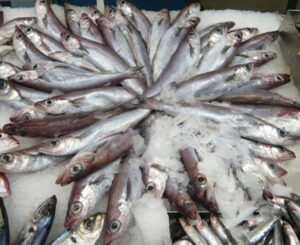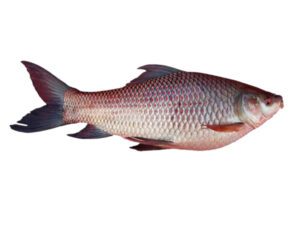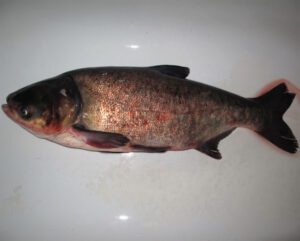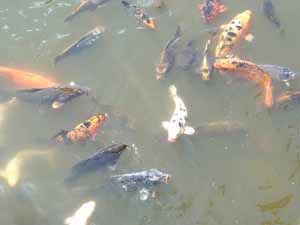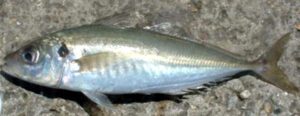The Yellowfin Tuna fish is a species of tuna which is widely distributed and highly productive. It is also known by some other names such as Allison’s Tuna, Pacific Long-tailed Tuna and Yellowfinned Albacore. It is found in pelagic waters of tropical and subtropical oceans throughout the world.
The Yellowfin Tuna fish is often marketed as Ahi, from the Hawaiian ‘ahi‘, a name also used there for the closely related Bigeye Tuna. However, read some more information about this fish species below.
Yellowfin Tuna Fish Characteristics
The Yellowfin Tuna fish is among the larger tuna species. Their main body is of a very dark metallic blue, changing to silver on the belly. The anal fin, second dorsal fin, and as well as the finlets between those fins and the tail are bright yellow in color. And the species is named so for this coloration.
Anal and the second dorsal fins can be very long in mature fish, reaching almost as far back as the tail and giving the appearance of sickles or scimitars. The pectoral fins of these fish are also longer than the related Bluefin Tuna, but not as long as those of the albacore. Maximum recorded body length of the Yellowfin Tuna fish is 2.4 m. And they can reach as much as 200 kg live body weight. Photo and info from Wikipedia.
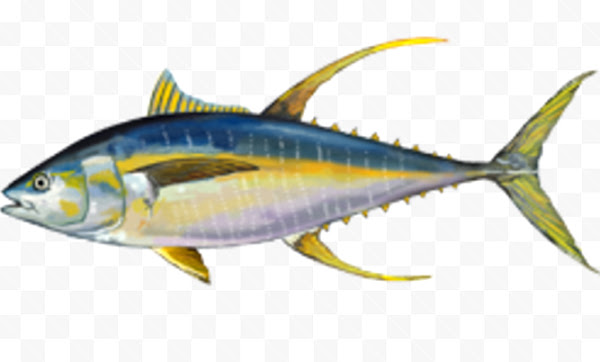
Diet
The Yellowfin Tuna fish are feed mainly on other fish, squid and pelagic crustaceans.
Breeding
The Yellowfin Tuna fish spawn throughout the tropical and equatorial waters of the major oceans. Their spawning is seasonal at higher latitudes, with peaks in summer and may continue throughout the year at lower latitudes. The eggs and sperm are released into the water for fertilization.
Uses
The fish is used mainly for food. It is marketed mainly canned and frozen. But also marketed fresh and smoked. It is highly valued for sashimi.
Special Notes
The Yellowfin Tuna fish are fast-growing fish species. They are widely distributed and highly productive. It is a very important element in commercial fisheries throughout the world.
It is being effectively managed throughout the majority of it’s range. Currently modern commercial fisheries catch Yellowfin tuna with encircling nets, and by industrial longlines.
Today the fish is mainly used for food and it is marketed mainly frozen and canned. But it is also marketed fresh and smoked. It is highly valued for sashimi. However, review full breed profile of this fish in the table below.
| Name | Yellowfin Tuna |
| Kingdom | Animalia |
| Phylum | Chordata |
| Class | Actinopterygii |
| Order | Perciformes |
| Family | Scombridae |
| Genus | Thunnus |
| Species | T. albacares |
| Binomial Name | Thunnus albacares |
| Other Names | Also known by some other names such as Allison’s Tuna, Pacific Long-tailed Tuna, Yellowfinned Albacore |
| Breed Purpose | Mainly food |
| Special Notes | Economically very important fish species throughout the world, very fast-growing fish species, widely distributed and highly productive, a very important element in commercial fisheries throughout the world, used mainly for food, marketed frozen and canned, but also sold fresh and smoked, highly valued for sashimi |
| Weight | Can reach up to 200 kg |
| Breeding Method | Natural |
| Climate Tolerance | Almost all climates |
| Body Color | Very dark metallic blue, changing to silver on the belly, the fins are yellow |
| Rarity | Common |
| Availability | Worldwide |
